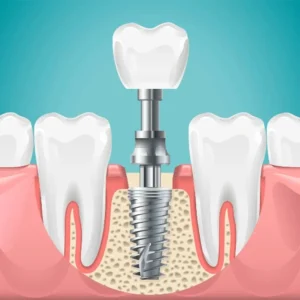As we know, man has animal instincts by birth. These traits get controlled with proper training. Social institutions such as family, marriage, kinship etc help in shaping human behaviour. Likewise dogs also have some instincts by birth. These traits include aggression, excitement, loyalty, warmth, care etc. Their good traits must be nurtured and bad traits must be controlled with proper training. We can clearly see the difference between a street dog which is not trained and a pet pup which received professional training. Dogs can be turned into well behaved ones with appropriate training. Look for a local training specialist by searching dog training in Hickory Hills online and provide training to your pup and get rid of bad traits. Let us throw some light on some of the common bad traits we find in dogs.
First of all, their aggression. We can see these dominant traits in street dogs. Pedestrians often get hurt with their aggressive behaviour. They won’t calm down until they knock down and bite you. What if this trait is dominant in our pep and left unattended? The price is huge. Family members will get injured and may need to go through a series of injections around the novel.

Next comes their anxiety. You can observe to get some clues about its anxiety. It will be restless and won’t stop barking no matter what you do. Especially when there are huge sounds like firecrackers bursting or loudspeakers on high volume, excessive barking shows their stress and anxiety. They are scared and running away madly and trying to find a place where they can hide and away from loud noises. However, we’ll trained dog can show calm and composed behaviour under such circumstances. Local dog training institutes like Dog training in Hickory Hills can make your dog a nice self-controlled dog with their methods and give you peace with your pet.
Boredom is something pups can’t bear and exhibit their feelings through excessive barking. Lack of training will lead to noise pollution and cause irritation. While your dog understands how much your family enjoys playing with it, it must also understand that sometimes they might not play with you. It must learn to deal with its boredom by playing games on its own or using some other way. Dog trainer will teach your pup to deal with it in a professional manner.




























